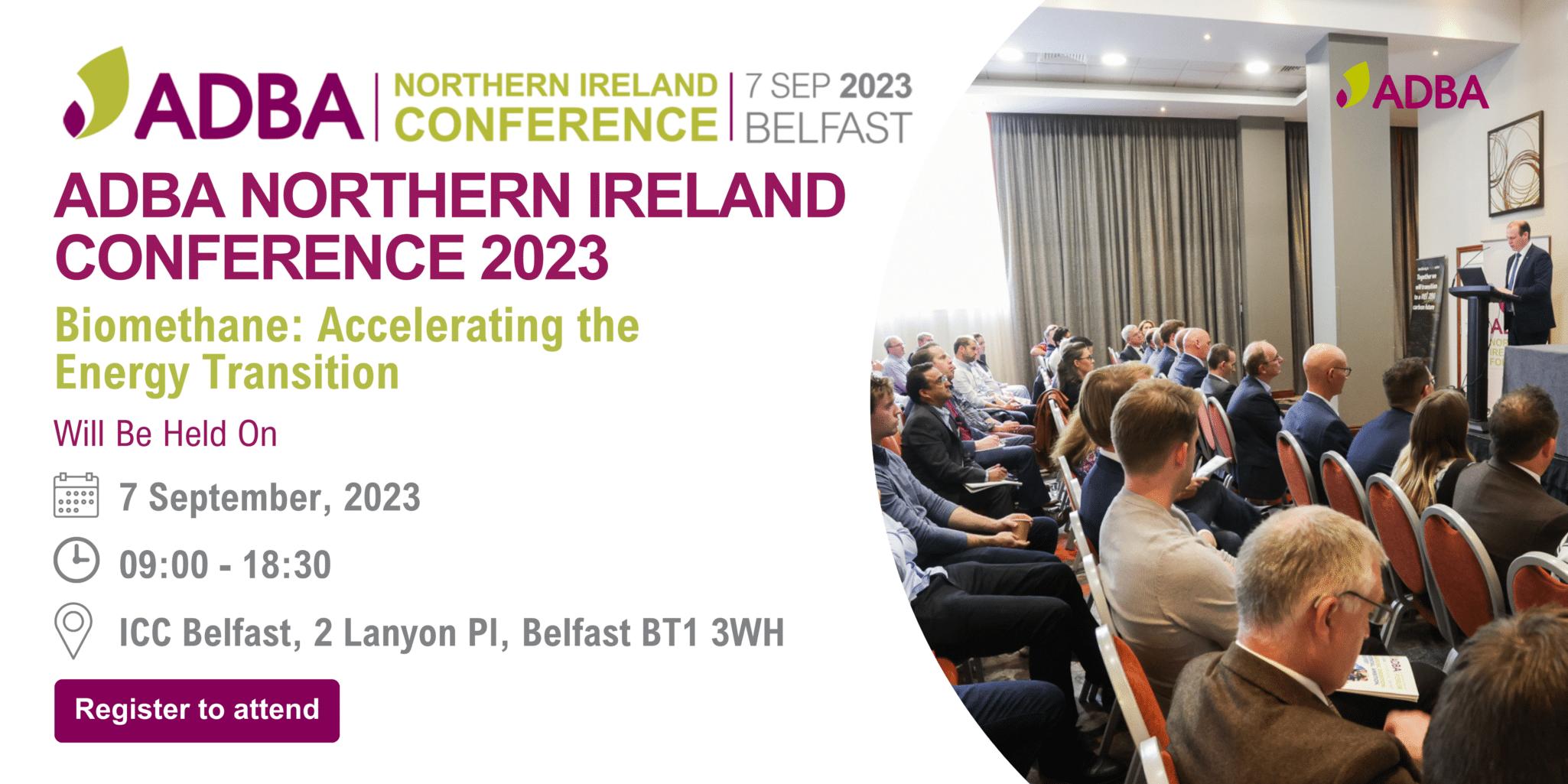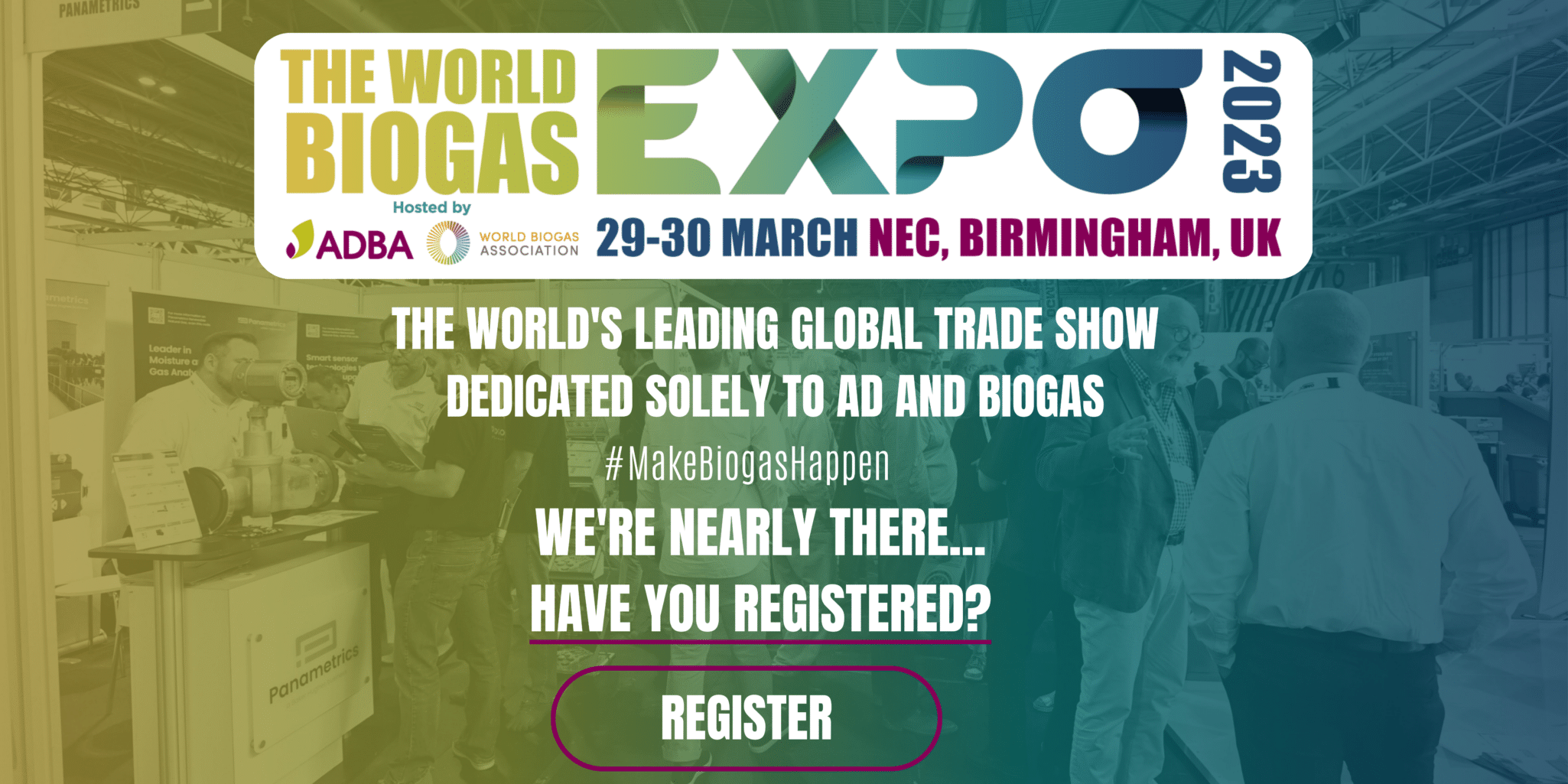After the success of their Anaerobic Digestion Workshop, Carbogenics are thrilled to announce they are…
Development of first dry anaerobic digestion plants in England on the table as part of Greater Manchester local waste management strategy – “a fantastic breakthrough for our industry” says AD trade body
At a meeting this morning, the Greater Manchester Combined Authority (GMCA) Waste and Recycling Committee approved an option to commission the building in the North West of two dry anaerobic digestion (AD) plants – the very first plants ever built in England – as part of its Biowaste Management Strategy. The Strategy will now be submitted to the GMCA for full approval.
“This is a fantastic breakthrough for our industry”, commented Charlotte Morton OBE, Chief Executive of the Anaerobic Digestion and Bioresources Association (ADBA). “Dry anaerobic digestion facilitates the treatment of garden waste in addition to food waste, and transforms these wastes into green gas, biofertilisers and bioCO2 for use in the energy, agriculture and food and drink sectors.”
“According to ADBA’s calculations, 1million tonnes of garden waste could generate approximately 1.0 TWh of green energy – and there were 6.8 million tonnes of garden waste available in 2021. Garden waste is England’s untapped energy source; by treating those 6.8 million tonnes of waste through dry AD, an additional 6.8 TWh of biogas could be used to heat nearly 567,000 homes, generate electricity, and power our way to net zero.”
“The plan by Greater Manchester Combined Authority to potentially commission dry AD plants to recycle their biowaste will give a further boost to the UK’s climate change mitigation efforts by enabling both the effective management of organic wastes and the decarbonisation of carbon-intensive industries in the UK through the AD treatment of solid organic wastes.”
Dry AD is a well-established technology and is being used in Europe and other parts of the world. The interest in UK is growing.
The difference between “dry” and “wet” AD lies in the composition of the feedstock – with water added to the waste mixture if the solid content is too high for the “wet” AD treatment process – currently the only one available in Britain.
-ENDS-
For further information, contact:
Jocelyne Bia, Senior Communications Consultant
e: Jocelyne.bia@adbioresources.org; tel: 020 3176 0592
Notes to editors
- Dry vs wet anaerobic digestion (AD)
- Dry AD, also known as High Solids AD – refers to feedstocks with higher solid content, such as garden waste. Wet AD facilities treat liquid feedstocks typically containing less than 15% solids, such as sewage, manure and wastewater . Where the feedstock, such as food and agricultural waste, has a higher total solid content, the waste mixture is diluted with water before it can be digested. Hence the term “wet AD”.
- Dry AD incurs lower water usage and potentially reduced energy requirements than wet AD for maintaining optimal digestion conditions.
- The specific design and operation of dry solids AD systems can vary, and factors such as feedstock characteristics and environmental conditions play a role in their efficiency.
- The biofertiliser generated through dry AD is often drier than the residue from traditional wet AD processes.
- The Anaerobic Digestion and Bioresources Association (ADBA) is the trade association for the UK anaerobic digestion (AD) and biogas industry. ADBA’s vision is to see the full potential of the UK AD industry realised so it can help the UK achieve its emissions targets and other policy goals, creating a truly circular economy. www.adbioresources.org
- About the AD industry
- There are currently 723 AD plants operational in the UK. They are all wet AD facilities.
- The entire industry digests approximately 46 million tonnes of organic material each year – organic material that would otherwise emit greenhouse gas if left untreated in landfill.
- Currently, nearly 20 TWh of biogas is produced each year by the AD industry – this green gas is either used to generate electricity and heat via a combined heat and power (CHP) unit or upgraded to biomethane and injected directly into the national gas grid. This is enough to heat 1.6 million UK homes.
- The industry currently delivers 1% greenhouse gas savings in the UK every year.
- An estimated 4,800 people are currently employed in the AD and biogas industry in the UK.
- Fully deployed, by 2030, the UK AD and biogas industry expected to:
- generate ~55 TWh of biogas
- create 30,000 direct and 30,000 indirect jobs.
- save the UK 27 MtCO2eq (Million Tonnes CO2 equivalent) = taking 1/3rd of all cars off the road, by 2030.
- heat 4.5-6.4 million UK homes with the 8 billion m3 of biomethane generated.
- How AD works
Anaerobic digestion (AD) is the natural breakdown of organic matter when deprived of oxygen in a container called digester. The process produces biogas and a residue called digestate – a stable, nutrient-rich substance used as a biofertiliser which restores soil health.




